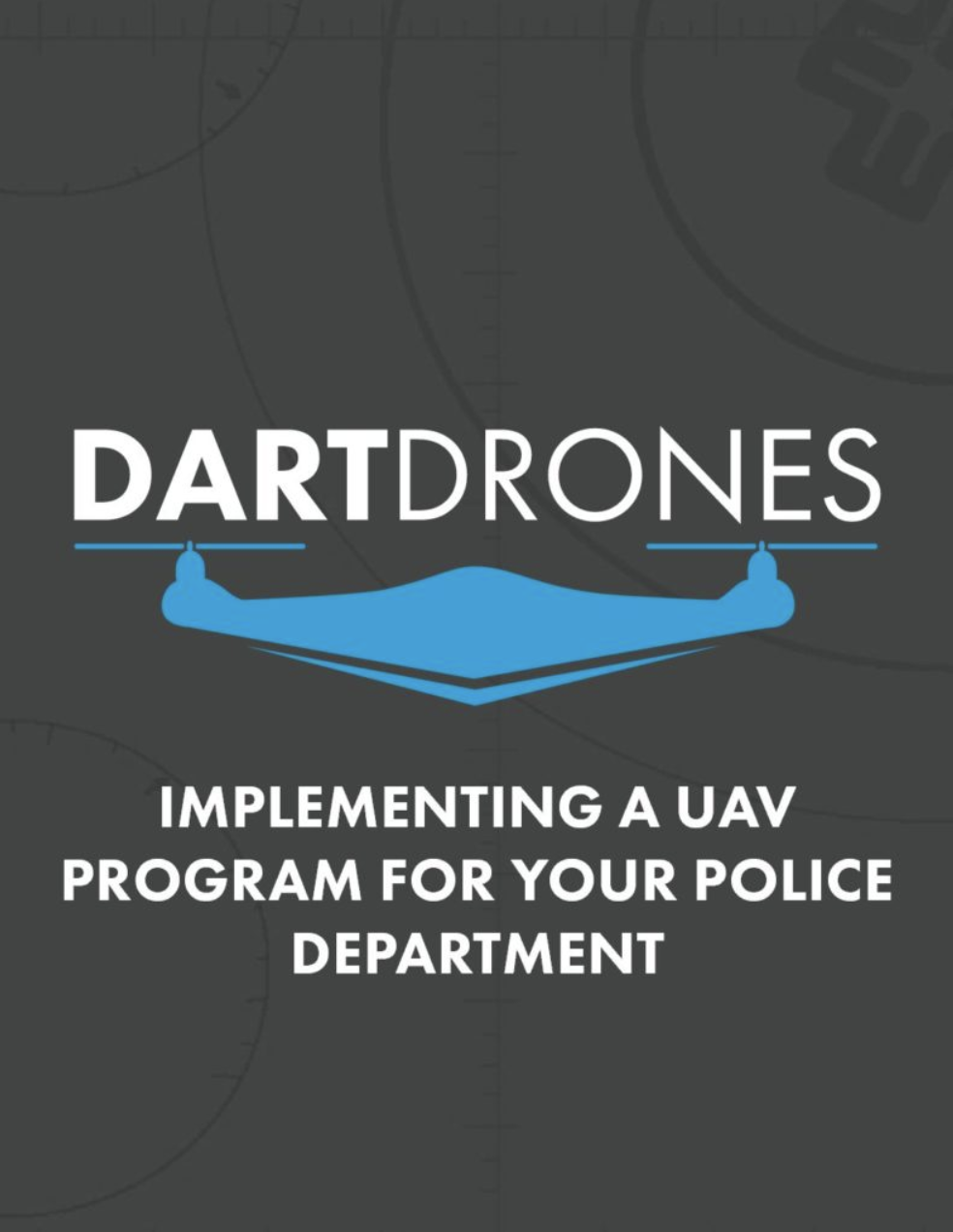UAS Rules for Government Entities – Flying Responsibly Under The FAA
Whether flying a drone for recreational, commercial, or government use, all drone users must abide by the rules and regulations of the Federal Aviation Administration (FAA). A government entity considering launching an Unmanned Aircraft System (UAS) program has two options to legally and successfully fly. Learn the UAS rules for government users below.
Who is Considered a Government Entity?
- Police Departments
- Fire Departments
- Local Municipalities
- Publicly Funded Universities
- Public Schools
- Law Enforcement Agencies
- Federal or State Government Agencies
UAS Rules for Government Entities
Government entities interested in launching an UAS must follow all rules under Part 107 of the Federal Aviation Regulations (FARs) or apply for and be granted a Public Use Certificate of Waiver or Authorization (COA) for UAS operations.
Part 107
The FAA published a new set of regulations in June 2016 known as Part 107. This new set of Federal Aviation Regulations (FARs) were the FAA’s first official rules governing the commercial use of small Unmanned Aircraft Systems (sUAS). In addition to outlining the operational limitations of sUAS, Part 107 also provided requirements for the issuance of a commercial Remote Pilot Certificate with a sUAS rating for commercial drone pilots. Part 107 is intended to be the first step towards full integration for the use of drones into the National Airspace System (NAS). Often times, organizations operating drones under Part 107 find that some of the regulations restrict them from performing certain operations. However, many sections of Part 107 do allow requests for waivers. The most common requests for waivers and authorizations are the following:
- Flights beyond visual line of sight (BVLOS)
- Flights over people
- Night flights
- Flying in controlled airspace (near airports)
If the government entity foresees these limitations to be a continuous set back to the specific operations that will be performed by the UAS, it can be beneficial to opt for a Public Use COA.
Public Use COA
The Certificate of Waiver or Authorization (COA) for Public Aircraft Operations gives a good amount of flexibility to the organization who holds the COA. After the FAA and the applicable Air Traffic Control facilities authorize a COA, the government entity can benefit from the below:
- Operators can routinely fly within applicable regions of controlled airspace within their respective jurisdictions
- Operators can fly under the special provisions named in their COA
- Upon your COA being authorized, the night waiver portion can be included in the operations term of the COA without added documentation
- In the event of certain emergency situations, the UAS may also be authorized to fly over people in support of the mission as long as appropriate safety protocols are in place
A government entity operating under a COA can also “self-certify” its drone operators provided that they develop and obtain FAA approval for a comprehensive, internal training program. The entity would have to accept the liability for the UAS training of pilots and any operations of the aircraft. Although a COA can provide the government users with a great level of flexibility, interested departments must first obtain a Letter of Declaration, usually from their public attorney, and petition the FAA for access to the online COA request portal. Once granted, the department must prepare and submit their request for a COA, which involves an extensive amount of detailed proposed operational information. So, while a COA does provide flexibility, it’s a longer and much more difficult process than obtaining a Part 107 certificate.
Bottom Line
A government entity must follow all UAS rules under the approved COA as written and authorized by the FAA, or only operate under Part 107 regulations and apply for FAA waivers as needed. DARTdrones offers government UAS training, Part 107 test prep, online UAS courses, UAS consulting, and the service of applying for COAs, waivers, and airspace authorizations for organizations. For more information and resources about obtaining a COA or Part 107 certificate, visit secure.dartdrones.com or call us at 800-264-3907!
About the Author
Mike Uleski is the Chief Public Safety Flight Instructor at DARTdrones and an active Sergeant with a public safety department in Florida, where he is cross trained as a law enforcement officer, firefighter, and EMT. He has extensive aviation expertise with a degree in Aeronautical Sciences from Embry-Riddle, a commercial pilot certificate with single-engine, multi-engine and instrument ratings, and 17 years of experience building and flying remote controlled aircraft. Mike has trained dozens of public safety departments through DARTdrones and actively flies sUAS for his department. DARTdrones was featured on ABC’s Shark Tank in February 2017.
DARTdrones is the nation’s leader in drone training, program development and consultation, offering online and in-person courses in 40+ cities across the United States. DARTdrones takes pride in their comprehensive curriculum, developed by a former US Navy Helicopter pilot, as well as their 40+ flight instructors who are all manned and unmanned aircraft pilots. Visit us online at secure.dartdrones.com, call 800-264-3907 or email the DARTdrones Team at [email protected] to learn more.
Download Our Latest Public Safety E-Book

Gain access to a free resource which covers the research and planning needed to develop a Police or Fire UAV Unit.
